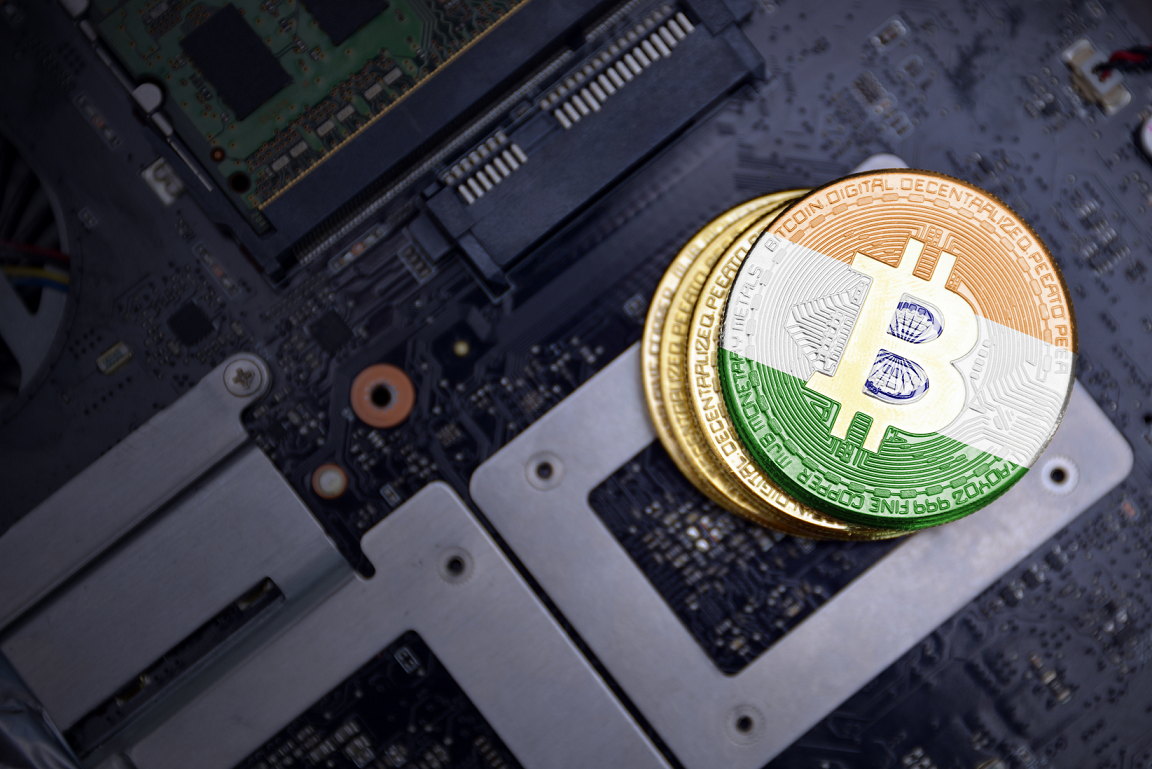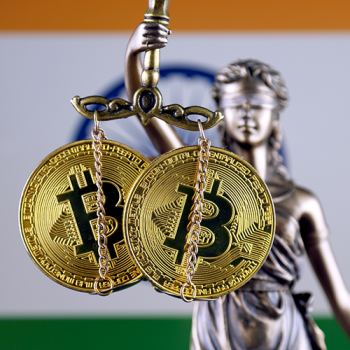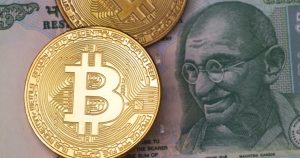Interest Rates: What the Reserve Bank of India can teach the Bank of England
Inflation, as it happens, is also attracting considerable attention not only on the Monetary Policy Committee of the Bank of England but also at the Reserve Bank of India which anticipated recent events in Threadneedle Street by raising its own interest rate to 6.5%. That came hard on the heels of a hike of 0.25% in June, which was the first rate increase on the subcontinent for more than four years. And given the two Central Banks now appear to be moving in ever closer lockstep on the issue, it’s no surprise that the smart money in the City is on Urjit Patel to replace Mark Carney as Governor when the first overseas national to hold the position returns home next year to spend more time with his money. Urjit Patel is currently Governor of the Reserve Bank and his own three-year term ends next July. Mark Carney’s time is up next June, so If nothing else, it looks like good timing.
And should Urjit Patel eventually end up in the hot seat he could do worse than draw some lessons from the underlying reasons that are driving inflationary growth in India at the moment, which stand in stark contrast to those troubling the former mother country. As a seasoned economist he might also remind himself of the old adage that there is no inflation in a graveyard: consumer demand can only fuel inflation if consumers have something to spend.
The UK’s headline inflation rate of 2.4% is barely driven by consumer spending at all for the simple reason that domestic consumers have very little surplus income to spend. Such pressure as there is on that front is driven rather by the biggest rise in UK consumer borrowing since the global financial crash of 2008. Of much greater importance is the increased cost of imported goods due to a weakened sterling coupled with (inevitably) ongoing fears over Brexit, so the decision to raise rates last week had much more to do with bolstering the value of sterling going forward (although, in the light of market movements in the aftermath of the announcement, that may itself be something of a triumph of hope over experience).
Now lets take a look at India.
Last’s week’s 0.25% rate rise on the subcontinent was primarily a response to rising crude oil prices on international markets. India has spent 12% more on imported oil since April this year, reflecting an upward pressure in key prices and, to a certain extent, a 3% depreciation in the value of the rupee against the dollar over the same period (dollars being, of course, the lingua franca of oil). But that’s nothing in itself to be worried about because there’s a reason why India is buying all this extra oil: it is (quite literally) fuelling the economic expansion which is now expected to see India’s GDP grow by 7.25% this year; and with limited reserves of its own the subcontinent is bound to be vulnerable to adverse price movements on global markets. That is a necessary cost of its startling economic success.
And as for the other element of the inflation equation, we hardly need reminding of India’s unprecedented surge in consumer demand. With the fastest growing population on the planet, an increasingly younger demographic and steadily rising rates of average income, very little of this is leveraged with debt (unlike the UK) but India’s annual consumer inflation rate still hit 5% in June (the eighth month in a row that it has exceeded the 4% medium term inflation target). But again, that is hardly a cause for significant concern either, bearing in mind that the RBI target has an upper tolerance of 6%, which is above the current inflation return. After all, there’s no inflation in a graveyard.
So unlike the Bank of England, the Reserve Bank of India (although pursuing a similar monetary policy) has in reality simply trimmed its inflation projections rather than run scared of them, confident in the knowledge that it is not only still working within existing tolerances but also harnessing unprecedented economic growth. That’s why it has been able to maintain its well-rehearsed policy of neutrality: encouraging growth and keeping inflation under control. Urjit Patel might not be able to take that particular policy with him if he comes to London next year.
Red Ribbon Asset Management has placed India at the heart of its investment strategies since the company was founded more than a decade ago, and nobody understands the subcontinent’s potential for growth better than Red Ribbon. With an unrivalled knowledge of market conditions on the subcontinent, the Red Ribbon Private Equity Fund offers a unique opportunity to share in the potential of the fastest growing large economy in the world.
[nectar_btn size="large" open_new_tab="true" button_style="regular" button_color_2="Accent-Color" icon_family="none" url="https://redribbon.co/investment-products/funds/private-equity-fund/" text="India Private Equity Fund"][nectar_btn size="large" open_new_tab="true" button_style="regular" button_color_2="Accent-Color" icon_family="none" url="https://redribbon.co/investment-products/" text="Investment Products"]
Red Ribbon CEO, Suchit Punnose said:
I had heard that Urjit Patel was being tipped to take over as Governor of the Bank of England when Mark Carney moves on next year, and for my part I think he would be an excellent choice. Certainly it would be a matter of great pride for every Indian to see him take the helm and build on his policy experience on the subcontinent, perhaps even (as the article points out) adding some of the subcontinent’s current economic sparkle to the UK economy.
And it is also interesting to note the radically different reasons for the Central Banks in each country making virtually the same monetary policy announcements in virtually the same week. Inflation is not always an enemy of sound economic growth, and in India’s case it seems rather to be an inevitable product of its own success. As the article says, there’s no inflation in a graveyard.
[social_buttons full_width_icons="true" facebook="true" twitter="true" google_plus="true" linkedin="true" pinterest="true"]








Leave a Reply